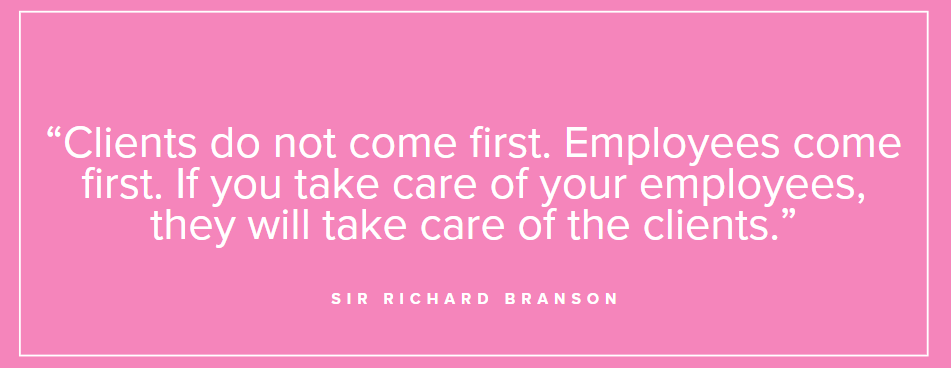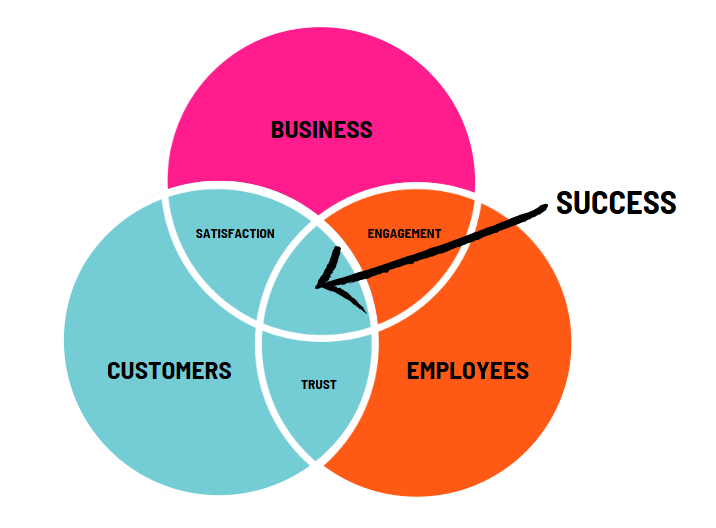April 2nd, 2025

—
About 10 years ago, I found myself in the familiar surroundings of a Tier 2 construction company that specialized in industrial construction, conducting yet another recertification audit. Having been here before, I knew the drill: the consultant would be by my side throughout the process, providing insights and supporting the workers and management I interviewed. But this time, fate had other plans.
On the second day of the three-day audit, I received an unexpected message – the consultant had a family emergency and couldn’t make it. Without missing a beat, I decided to carry on with the audit, determined to complete it as efficiently as possible. Little did I know that this twist of events would lead to some eye-opening revelations.
As I began interviewing the workers, I noticed something peculiar. Unlike previous visits, the employees seemed hesitant and unsure when answering my questions. It was as if they were unsure about their own procedures and processes. As I delved deeper into discussions with the management, the puzzle pieces started coming together.
It soon became apparent that the workers and even the Director didn’t have a clear understanding of their own systems. They seemed distant from the development and maintenance processes that should have been at the core of their daily operations. My heart sank as I realized the severity of the situation. This wasn’t just a matter of minor discrepancies; it was a fundamental lack of awareness of their own company’s systems.
As I requested specific procedures and records, the employees struggled to produce the necessary documentation. There were gaps and inconsistencies that made it evident that the systems were not being followed as intended. I had no choice but to raise several nonconformances, highlighting the shortcomings in their processes.
At the end of the day, the Director approached me, looking perplexed and concerned. It was clear that they were aware of the issues and were grappling with the realization that something needed to change. They admitted that they had relied heavily on the consultant in the past, assuming that everything was in order without delving into the intricacies of their own system.
As an auditor, I’ve encountered various challenges and surprises, but this experience taught me a valuable lesson: true understanding of your own systems and processes is vital for long-term success. No amount of delegation or reliance on external parties can replace the profound impact of internal knowledge and commitment.

—
Involving people in the development, maintenance and Improvement of your management system Is all about having engaged employees. Engaged employees not only contribute to management system success, but customer and business success also. In this Harvard Business Review article, Engaged Employees Create Better Customer Experiences, it states that companies in the top quartile of Employee Experiences developed more successful Innovations, deriving twice the amount of revenues from their Innovations as did those in the bottom quartile – and their Industry-adjusted Net Promoter Scores (NPS) were twice as high.
Engaged Employees: The Andre Rieu’s Orchestra of Our Success
I just had the most incredible experience attending the Andre Rieu Summer Concert in Maastricht, Netherlands. Let me tell you, in the world of orchestral music, Andre Rieu and his Johann Strauss Orchestra are truly captivating. It’s not just a performance; it’s a whole teamwork and engagement extravaganza! Each member of the orchestra brings their own unique talent to create an experience like no other.
It got me thinking – engaged employees in an organization are like those passionate members of Andre Rieu’s orchestra. They’re not sitting on the sidelines; they’re active participants in the grand spectacle of our success. Just like in the concert, everyone contributes their expertise, dedication, and enthusiasm, weaving together a harmonious work environment.
When the conductor raises the baton, and the music begins, it’s magic! The members of Andre Rieu’s orchestra are in perfect sync, embracing the vision set by their conductor and adding their personal flair to the performance. And you know what? It’s so captivating that it makes people dance in the streets!
In a similar way, engaged employees align themselves with a shared vision and values. They’re excited to bring their ideas and efforts to the table, taking the organization to new heights. Together, they form a powerful ensemble, creating an organizational symphony that sings excellence.
Andre Rieu’s orchestra wears their passion on their sleeves. Their joy and love for their craft are infectious, connecting with the audience on a whole different level.
That’s the magic of engaged employees in the workplace too! They bring positivity and commitment, uplifting the entire team and creating a strong sense of camaraderie. Their dedication becomes contagious, inspiring others to give their best.
Now, just like any orchestra, our success depends on harmony among all its members. If one musician falters, the whole symphony could be affected. Similarly, each employee’s engagement is vital for our collective success. When we all come together, aligned and enthusiastic, we can achieve amazing things and create exceptional experiences for our clients and customers.
So, let’s get inspired by Andre Rieu’s orchestra and embrace the spirit of collaboration and engagement. Together, we’ll create a symphony of success, with each employee playing a crucial role in crafting a brilliant masterpiece that defines our organization’s excellence.
The Engagement Connection

—
- Business – your business is dependent on the engagement of employees to create successful relationships with customers and drive the success of the business. Effective engagement between a business and its employees fosters a motivated workforce, resulting in improved productivity and a positive work culture, ultimately leading to customer satisfaction and sustainable growth.
- Employees – when engaged employees interact with your customers this builds a relationship of trust. When employees are engaged and exhibit a genuine commitment to their work, customers are more likely to perceive them as reliable and trustworthy, thereby strengthening the bond between the business and its clientele.
- Customer – the solid foundation of trust established due to the interaction with engaged employees establishes a solid foundation for loyalty, repeat business, and positive word-of-mouth referrals.
All of these combined supports the business growth and SUCCESS! And it all started with employee engagement!
Your Next Steps to Success
1. Brainstorm with workers.
2. Map out the plan with workers.
3. Implement the actions and review any feedback.
4. Engage an Expert to support you through this process.
View comments
+ Leave a comment